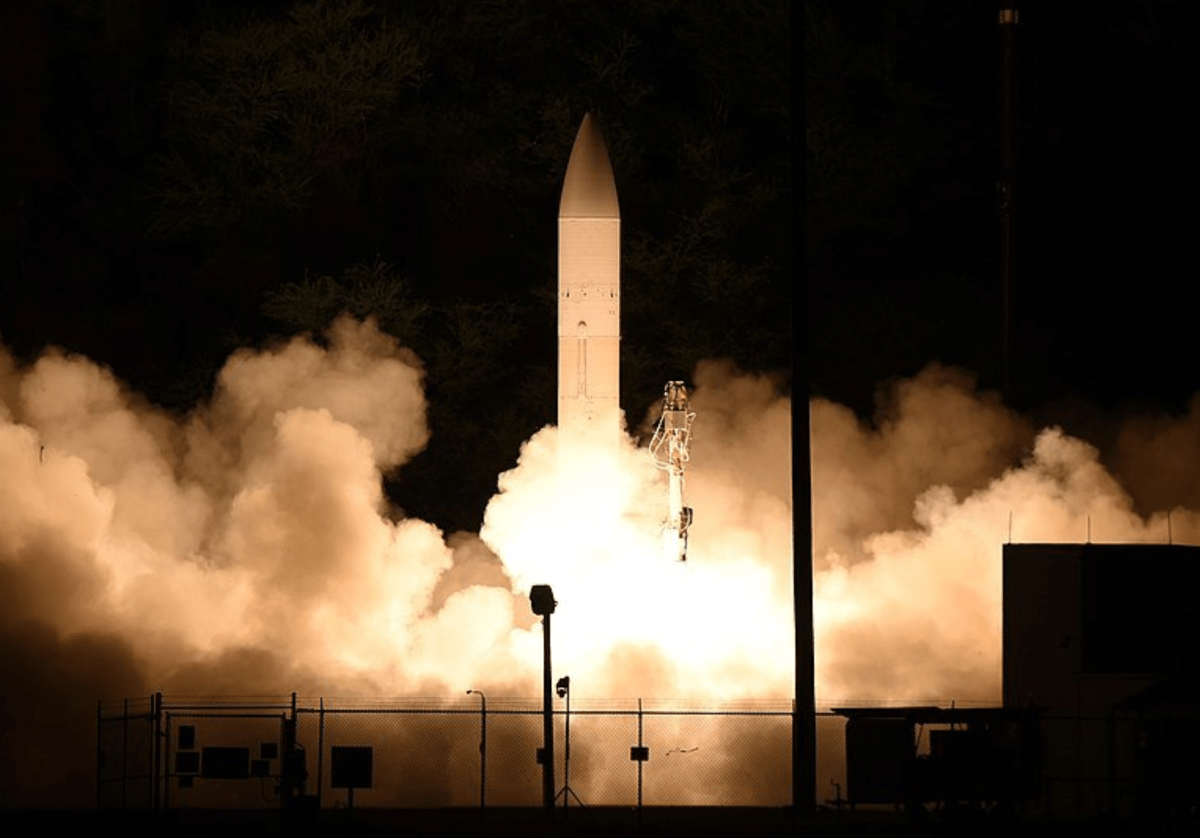Raytheon Technologies’ Collins Aerospace has created a new business unit that will allow the company to build critical parts for next-generation military aircraft and hypersonic weapons.
The unit, called Advanced Structures will work towards developing new types of composite materials that could be used to make futuristic planes and missiles lighter and make them able to resist extreme forces and temperatures.
Collins seems to have done this rather quietly, as the new business unit was created the late last year, but the company did not publicize the move.
Advanced Structures combines two of Collins’s business units, Mechanical Systems and Aerostructures. The Mechanical Systems group produces parts for aircraft which include landing gear, wheels, brakes, and propellers, while the Aerostructures group is known for building nacelles, the casing wrapped around a plane’s engine.
“This isn’t about company synergies or anything like that,” Samir Mehta, the group’s president, said in an interview. “This is really about taking the industrial capability that exists in one part of the organization, some of the enabling technologies that exist in another part of the organization, and putting them together to help change and to help grow what our aerostructures business can do.”

According to Mehta, some of the existing technologies that the company possesses can be game-changers if they are applied to aerostructure-type projects, such as ‘carbon-carbon’, a material that the company uses in making brakes that can also be used to make an aircraft structure withstand high-speed flight.
Carbon-carbon (C-C) composites consist of carbon fibers that are arranged in the form of a matrix. The C-C composites can conduct heat without expanding and has low density. One of the most important features of this material is its resistance to temperatures as high as 1000 degrees Celsius.
“One of the challenges in hypersonics is you have to protect the payload in the most extreme environment,” Mehta said. “You think about friction, you think about some of the heat characteristics and requirements, that a hypersonic, whether it’s a projectile or whether it’s an aircraft. This is the type of material that helps solve that particular problem.”
Collins’ Advanced Structures business unit could supply materials for Raytheon’s Missile and Defense business which works on several hypersonic and counter-hypersonic weapon projects for the US military.
“We’re basically taking the technology that we have in Collins [business], and we’re working closely with other parts of the company, including Raytheon Missiles and Defense, and being able to package up these technologies and provide the customer with a solution,” Mehta said.
Another area where technologies being developed by the Advanced Structures can help is to enable the company to incorporate something called “conformal actuation” in the next-generation aircraft.
Traditionally, aircraft wings have moving parts called ‘slats’ and ‘flaps’ on their leading and trailing edge, respectively. These moving parts help change the wing area and airfoil shape to control a plane’s direction, altitude, and speed.
With conformal actuation, the wing itself can change its shape which according to Mehta can help make the plane less detectable by radar.
This new venture by Collins can mean a major boost to the US effort to catch up to weapons advances by China and Russia who are also engaged in developing similar technologies.
In 2019, a team of Chinese researchers led by Professor Fan Jinglian from Central South University in Hunan province claimed to have developed a composite material that can endure temperatures as high as 3,000 degrees Celsius, suggesting potential application in hypersonic aircraft.
One of the remarkable features of this new composite is, that it is not carbon-based which is usually the case with such materials, like the C-C composites that Raytheon intends to use but rather made by combining high-temperature ceramics and refractory metals (for example tungsten, molybdenum, niobium, tantalum, and rhenium).
Professor Fan, a top researcher in high-temperature-resistant materials in China, said the composite could be used in various devices, from engines to space rockets and nuclear reactors.
Chinese media reports suggest that Fan’s team with the support of the local government, set up an industrial unit to manufacture the material and has been supplying it to aerospace and defense enterprises since early 2019.
- Written by Tanmay Kadam/EurAsian Times Desk
- Contact the author at etdesk@eurasiantimes.com
- Follow EurAsian Times on Google News